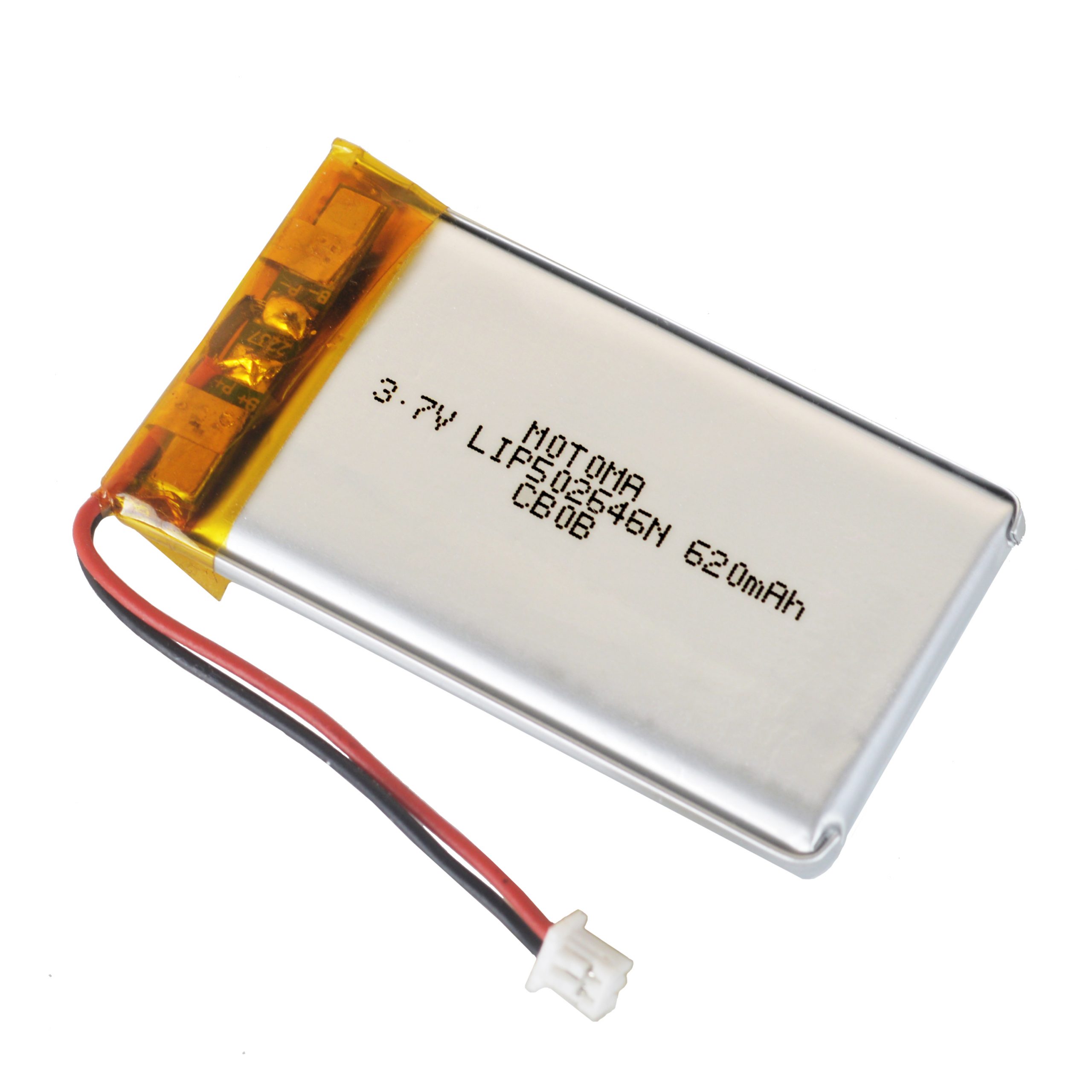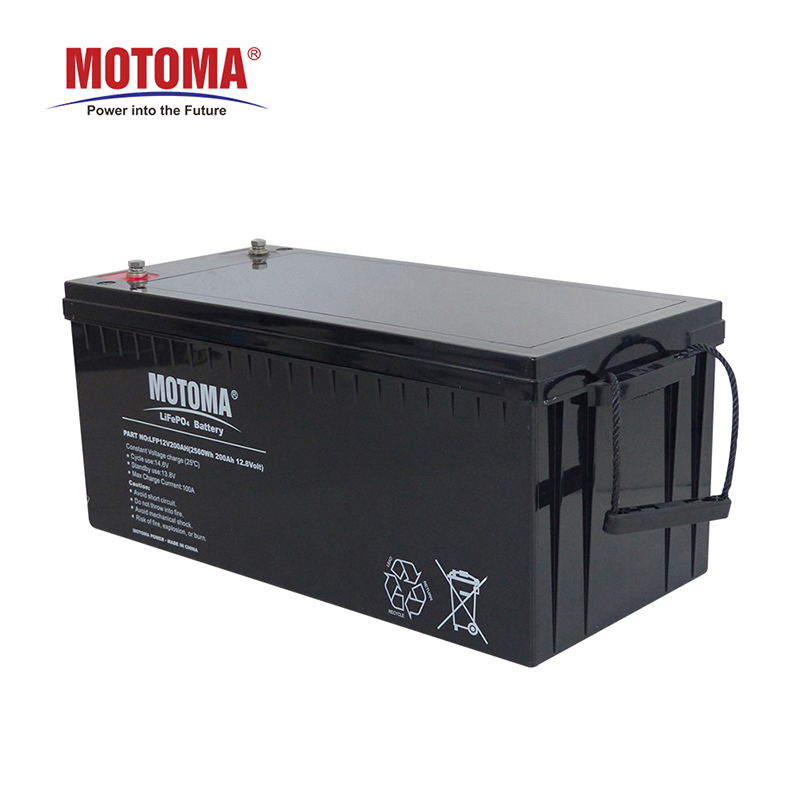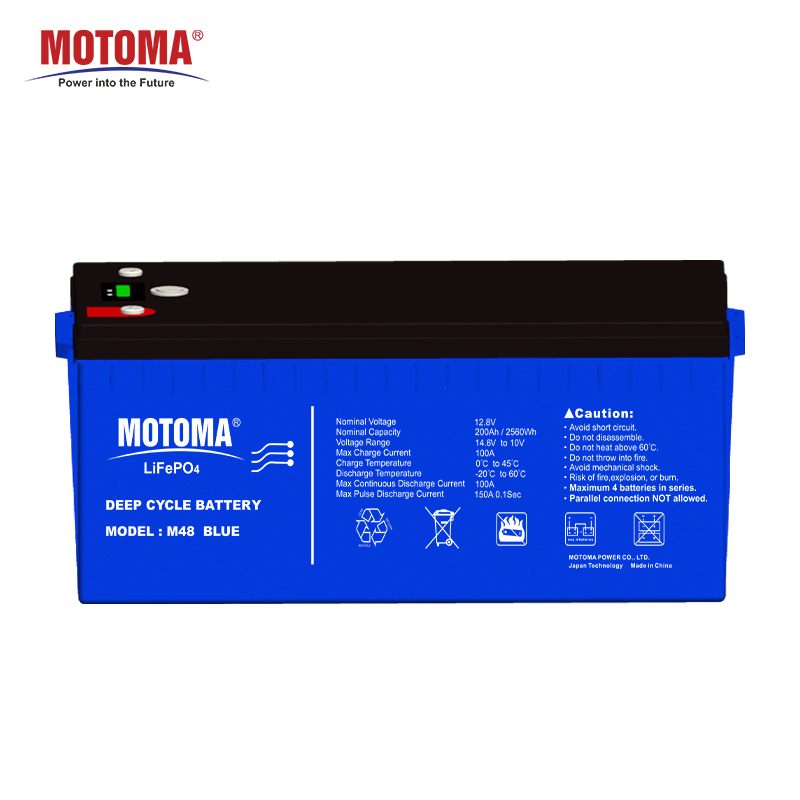In an era of rapid technological advancement and growing environmental concerns, the demand for efficient, sustainable, and long-lasting energy storage solutions has never been higher. Ternary batteries, with their impressive power density, efficiency, and sustainability, are quickly emerging as the front-runners in the race to revolutionize energy storage. But what makes ternary batteries stand out, and why are they poised to dominate industries ranging from electric vehicles (EVs) to renewable energy storage? In this blog post, we will delve into the powerful world of ternary batteries, explore their components, advantages, and challenges, and discuss their immense potential to shape the future of energy.
What is a Ternary Battery?
A ternary battery refers to a type of lithium-ion battery that incorporates three key metal oxides — usually nickel (Ni), cobalt (Co), and manganese (Mn) — in varying proportions to form its cathode material. This blend of metals, often called a “ternary cathode,” optimizes the performance characteristics of the battery, balancing energy density, stability, and cost-effectiveness.
Unlike conventional lithium-ion batteries, which typically use a single metal oxide (like cobalt or iron), ternary batteries combine multiple elements to achieve a more harmonious and efficient interaction between the materials. This combination enables ternary batteries to achieve higher specific energy and a longer lifespan, making them an increasingly attractive option for high-performance applications.
The Composition of a Ternary Battery
The core of a ternary battery is its cathode material, which accounts for much of the battery’s overall performance. The cathode in ternary batteries is typically composed of a mixture of three different metal oxides:
- Nickel (Ni): Nickel plays a pivotal role in increasing the energy density of ternary batteries. By enhancing the battery’s ability to store more energy per unit of mass, nickel helps to increase the overall performance, enabling longer run times and faster charging times. This makes it a vital element in applications such as electric vehicles and renewable energy storage.
- Cobalt (Co): Cobalt stabilizes the battery’s structure and helps in improving the cycle life. While cobalt can be expensive and its mining is often linked to ethical and environmental concerns, it still remains an essential component due to its role in enhancing the stability and longevity of the battery.
- Manganese (Mn): Manganese contributes to the battery’s structural integrity and helps reduce the risk of thermal runaway. It also enhances the overall safety of the battery, which is crucial in high-demand applications where reliability is paramount. Additionally, manganese helps reduce the dependency on cobalt, making the battery more cost-effective.
The optimal combination of these three elements is critical. Manufacturers can adjust the proportion of each metal to fine-tune the battery’s performance, balancing energy density, thermal stability, and cost. The most common ternary compositions include NCM (Nickel, Cobalt, Manganese) and NCA (Nickel, Cobalt, Aluminum), with NCM being the more widely used configuration.
The Advantages of Ternary Batteries
Ternary batteries are gaining prominence in various fields due to their multiple advantages. Let’s explore some of the key benefits that make them a powerful contender in the battery industry.
1. High Energy Density
One of the standout features of ternary batteries is their superior energy density. The higher nickel content in the cathode material significantly boosts the battery’s ability to store more energy in a smaller and lighter package. This translates to longer-lasting power for applications like electric vehicles (EVs), where long driving ranges are essential. Additionally, the higher energy density enables more compact battery designs, contributing to smaller, lighter devices in portable applications such as smartphones and laptops.
2. Improved Cycle Life
Cycle life refers to the number of charge and discharge cycles a battery can undergo before its performance starts to degrade. Ternary batteries, particularly those using a combination of nickel, cobalt, and manganese, exhibit excellent cycle life. This is especially important for EVs, where users demand batteries that can last for years without significant capacity degradation. The ternary composition helps the battery retain its charge efficiency and stability over thousands of cycles, leading to a longer lifespan.
3. Faster Charging Times
In addition to improved energy density, ternary batteries tend to charge more rapidly than their counterparts. The enhanced conductivity and efficient interaction between the metals in the cathode material enable faster ion movement during charging, reducing the time it takes to charge the battery fully. For consumers and industries alike, this means less downtime and more usability, which is critical in applications like electric vehicles, where charging time remains one of the primary concerns.
4. Cost-Effectiveness and Scalability
While the raw materials used in ternary batteries — such as nickel and cobalt — can be expensive, the addition of manganese allows for a reduction in cobalt content, which helps drive down costs. This makes ternary batteries a more cost-effective option when compared to traditional lithium-ion batteries that rely heavily on cobalt. Moreover, the scalability of ternary battery production has increased, as manufacturers have developed more efficient and cost-effective processes for extracting and processing the metals used in the cathode.
5. Sustainability and Safety
As the global demand for more sustainable and eco-friendly technologies rises, ternary batteries are increasingly seen as a greener alternative to traditional energy storage solutions. The balance of metals, particularly with the inclusion of manganese, can reduce the reliance on cobalt, which is often sourced from regions with questionable labor practices and significant environmental damage. Additionally, the thermal stability of ternary batteries reduces the risk of overheating or fire, making them a safer choice for high-stakes applications like EVs, drones, and renewable energy storage.
Ternary Batteries in Real-World Applications
Ternary batteries are already making waves in a variety of industries. Their high energy density, long cycle life, and fast charging capabilities make them ideal for applications where performance and reliability are paramount. Here are a few examples of how ternary batteries are transforming the world:
1. Electric Vehicles (EVs)
The electric vehicle market is one of the largest and most promising areas for the application of ternary batteries. EVs require batteries that can store large amounts of energy, provide long ranges, and have a long lifespan. Ternary batteries, with their high energy density and enhanced stability, have become the go-to choice for EV manufacturers. Companies like Tesla, BYD, and BMW are already using ternary lithium-ion batteries in their electric vehicles, ensuring that their cars have the power to compete with internal combustion engine vehicles while also offering better environmental benefits.
2. Renewable Energy Storage
As the world transitions to renewable energy sources like solar and wind, the need for efficient energy storage solutions becomes more critical. Ternary batteries, with their high energy density and longevity, offer a viable solution for storing excess energy generated from renewable sources. These batteries help smooth out the intermittency of renewable power by providing reliable energy storage systems that can release power when needed most, reducing the need for fossil fuel-based backup systems.
3. Consumer Electronics
In the world of consumer electronics, manufacturers are constantly striving for lighter, more powerful, and longer-lasting batteries for devices like smartphones, laptops, and wearables. Ternary batteries, with their fast-charging and high energy density, are increasingly being used to meet these demands. For instance, smartphones with ternary lithium-ion batteries can last longer on a single charge, allowing users to enjoy their devices without constantly worrying about recharging. Additionally, the batteries’ relatively compact size helps manufacturers create slimmer, lighter devices without compromising on performance.
Challenges and Limitations
Despite their many advantages, ternary batteries are not without their challenges. The production of ternary batteries relies heavily on the mining and processing of certain metals, particularly cobalt and nickel, which raises concerns about supply chain security, environmental impact, and ethical sourcing. Cobalt mining, in particular, has been associated with poor working conditions and human rights abuses in certain regions.
Moreover, while ternary batteries offer significant improvements in performance, they are still more expensive to manufacture than traditional batteries, which can limit their widespread adoption in certain applications. The volatility of raw material prices, particularly for nickel and cobalt, further exacerbates cost concerns.
Lastly, while ternary batteries offer significant improvements in thermal stability, they are not entirely immune to safety risks. In rare cases, batteries can still overheat or experience thermal runaway, especially if they are not manufactured or handled correctly. As the industry matures, however, better manufacturing standards and safety protocols are expected to mitigate these risks.
The Future of Ternary Batteries
The potential for ternary batteries to revolutionize energy storage is immense. As research and development continue, advancements in materials science, battery design, and manufacturing processes will only improve the performance and cost-effectiveness of ternary batteries. We are likely to see more sustainable and ethical sourcing practices emerge, addressing concerns about the environmental and social impact of raw material extraction.
Additionally, the growing adoption of electric vehicles and renewable energy systems will drive further innovation in ternary battery technology. In the not-too-distant future, ternary batteries may become the standard in energy storage across multiple industries, enabling a cleaner, more efficient, and more sustainable energy ecosystem.
Conclusion
Ternary batteries represent the cutting edge of energy storage technology, combining high performance, safety, and sustainability into a powerful package. With their superior energy density, long cycle life, and fast charging capabilities, ternary batteries are poised to play a pivotal role in the global transition to renewable energy, electric vehicles, and portable electronics. While challenges such as cost and ethical sourcing remain, the continued development of ternary battery technology promises to usher in a new era of high-performance, environmentally friendly energy storage solutions. The future is electrifying, and ternary batteries are leading the charge.






